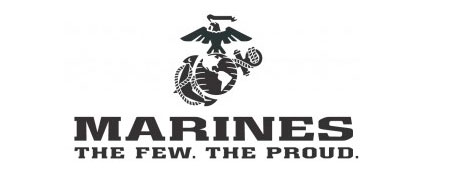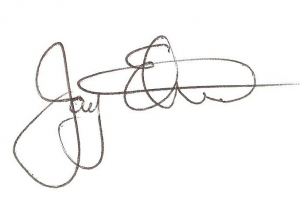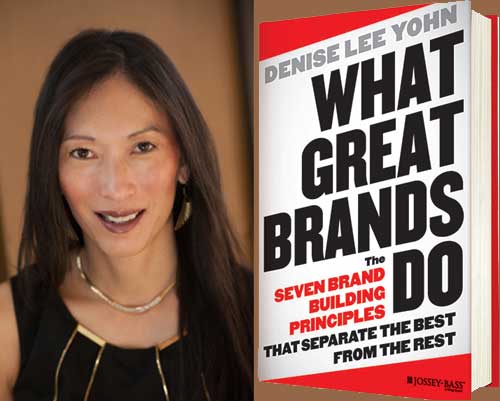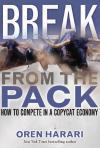Topic: Branding

Podcast Episode #73 of the internet show about small business marketing
The U.S. Marines is 235 years old and older than the country it defends. It’s more than just a brand of the United States Armed Forces, it’s a powerful brand. When you hear the words: The Few. The Proud. You know someone’s talking about the Marines. Thoughts, emotions and opinions begin to flood your mind. What makes the Marines one of America’s best brands?
In this episode of Power to the Small Business podcast, the former Chief Marketing Officer for the Marines joins host Jay Ehret to discuss the principals of branding and how the Marines maintain such a strong brand presence. Learn what went in to building the Marines brand and how they maintained brand relevance in the face of a pronounced demographic shift in their prospective recruits.
Guests:
Andrew Fortunato, Consultant at Executives in Action, Former Chief Marketing Officer at U.S. Marines
Jay Ehret – The Marketing Spot (Podcast Host)
Length: 28 minutes
Email subscribers and feed readers – If you don’t see the player, click here to listen to Power to the Small Business
You can also download the mp3 file here: Download Power to the Small Business #73 (for personal use only)
Podcast: Play in new window | Download

To receive new episodes by email, use the link below and enter your email address. (We keep these private and don’t give or sell them to anyone)
Subscribe to Power to the Small Business Podcast by Email
SHOW NOTES
Best Branding Practices
- Be laser-focused on your value proposition
- Being true to who you are
- Sell the intangibles
- Use a simple tagline that says a lot in just a few words
- Adapt to demographics shifts, but maintain your value proposition
- Don’t bow down to pop culture.
SELECTED QUOTES FROM ANDREW FORTUNATO
On the strength of the Marines brand:
“What makes the Marines a fabulous brand is that it truly knows what it is and what it represents, and what it’s value proposition is to the American people, to its prospects, and to the nation overall.”
On the fundamentals of branding:
“The key to any brand position is knowing who you are, what you represent, and being true to that all the time. That’s the key to branding for any organization.”
On what makes a true brand:
“A brand has to be absolutely credible. It’s not something that can be contrived. It’s not something that can be made up.”
Show Links
– Andrew Fortunato on LinkedIn
– Premium Webinar: RISE TO THE TOP: Local SEO and Google Analytics
– Free Recorded Branding Webinar: Branding U – Revive, Refresh, Revitalize Your Brand
 Why transaction hunting doesn’t work
Why transaction hunting doesn’t work Interested in the new show? Please subscribe in your feed reader or ITunes at http://MarketingPlanPodcast.com/subscribe
Interested in the new show? Please subscribe in your feed reader or ITunes at http://MarketingPlanPodcast.com/subscribe  Thanks for listening!
Thanks for listening!










